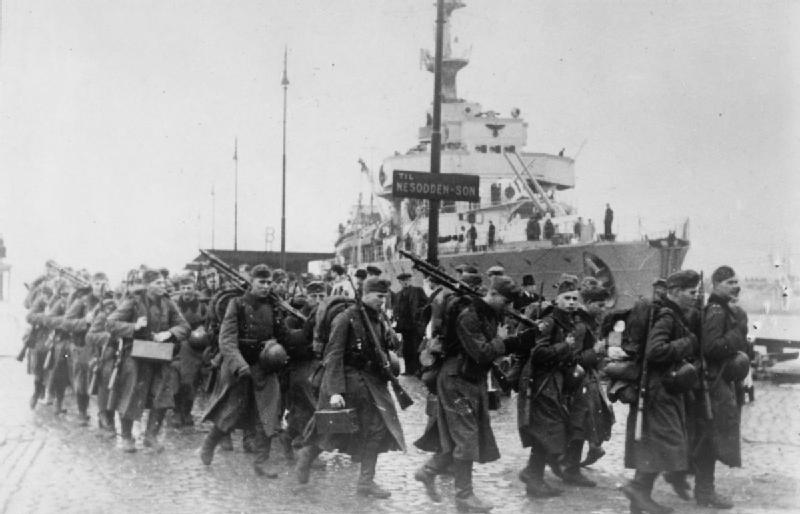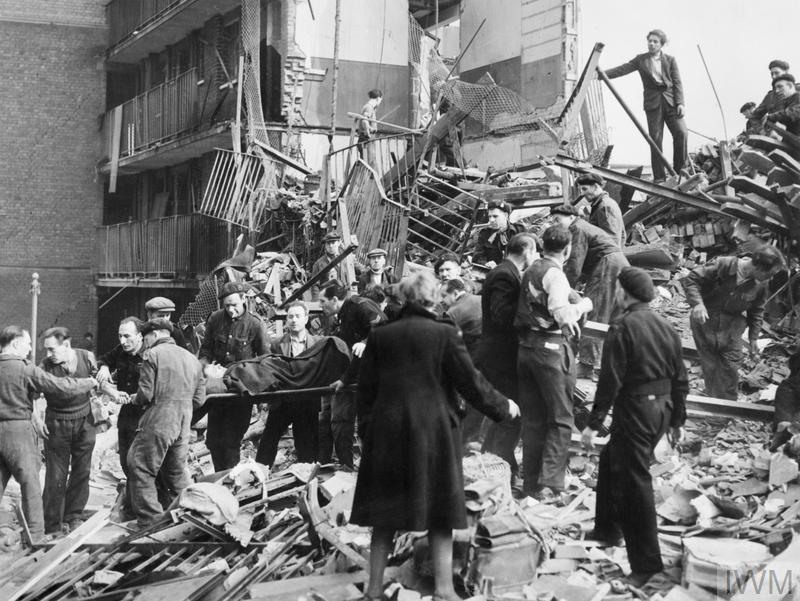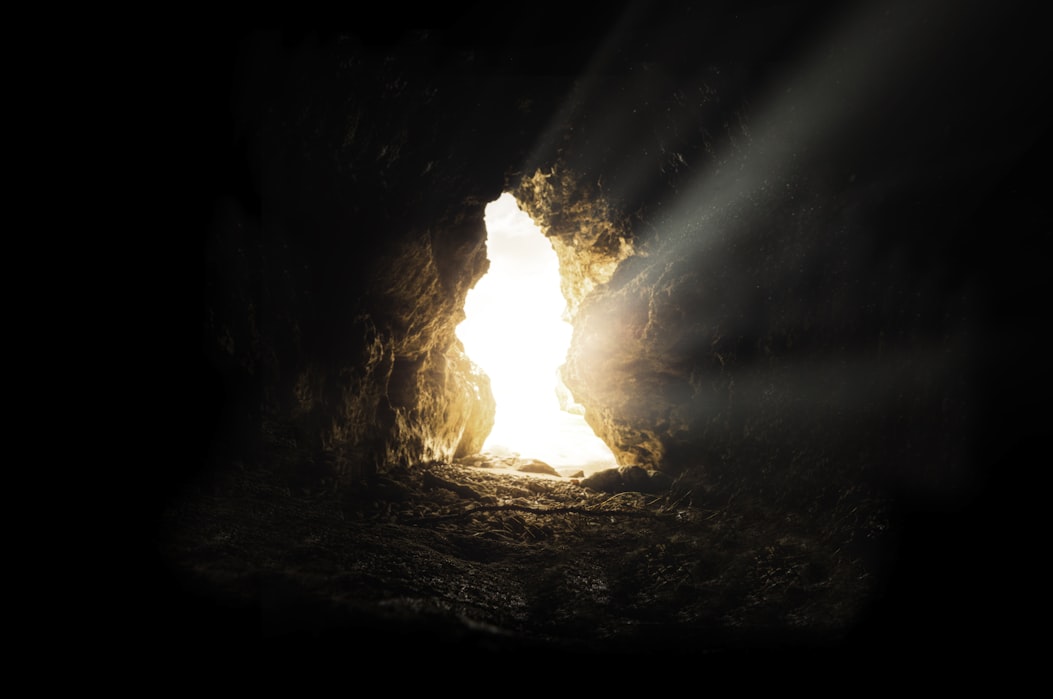
This post was first shared for Easter 2020. While things have eased up somewhat here after a year of “Covid world,” I felt like it was still fitting.
All the best and Easter Blessings
-Anne
***
For the last fifteen years, my family has followed a regular pattern for this week–Holy Week. After the Palm Sunday singing and kids getting into shenanigans with the palm branches, we return to worship four days later, on Maundy Thursday evening. We celebrate Communion, remember Christ’s betrayal, and prepare for Good Friday. Friday evening’s solemn hymns and quiet, penitently thankful Scripture readings lead in to Easter Sunday’s bright dawn–full of worship, music, far too much food at Easter breakfast, basket and egg hunts, and smiling faces.
This year, with its ban on gatherings, has been unsettling, strange. So many of the things that made this week feel like Easter Week—especially the chances to remember and celebrate with loved ones—are gone.
Of course, we aren’t the first generation to celebrate Easter in strange circumstances, and I doubt we will be the last.
For instance, look back to what has often been called the Greatest Generation—my grandparents’ generation. They celebrated six Easters, which must have seemed very strange indeed, during the turmoil of the Second World War.
1940

By Easter Sunday, March 24, 1940, France, Britain, and Germany were already five months into the Second World War.
For the beginnings of a war, the world seemed strangely quiet. While the Germans had launched their first air attack over British soil back in October, action on the ground was still limited enough that many dubbed these months the “phoney war.” Perhaps the Allied troops guarding the Maginot Line on that Easter questioned when–if ever–the conflict would really begin.
Within two and a half weeks, Germany would invade Denmark and Norway. Within a month and a half, Hitler’s blitzkrieg would begin its drive through Europe.
1941

On Easter Sunday, April 13, 1941, the United States was still eight months away from officially entering the war. Public opinion was divided on U.S. policy towards the conflicts in Europe and Asia. However, the war had already started to intrude. Since March, American goods had begun heading overseas as part of the lend-lease program. The conflict abroad even influenced the Easter celebration--Easter eggs were decorated with Hitler mustaches before being smashed.
Elsewhere, families faced more immediate shortages and dangers. One British air raid survivor, Lilian Thacker, shared her family’s experiences of Easter 1941 on the BBC People’s War site–it’s well worth a read.
1942

By Easter Sunday, April 5, 1942, The United States had been in the war for three months. Parents and spouses must have waited anxiously for news from abroad, as U.S. and Filipino troops languished under siege, struggling to hold on to the Bataan Peninsula– it would fall in the next four days. Other American troops were away from home, sent to join their allies in Britain. Rationing in the U.S. hadn’t gone into full swing, but it was coming in the next month.
1943

Thousands of families must have been remembering lost or injured loved ones on Sunday, April 25, 1943.
Allied troops were fighting their way across North Africa. In February, American troops had come up hard against Erwin Rommel’s Africa Corps at the Kasserine Pass. More than a thousand were killed and hundreds taken prisoner. (According to Britannica.com, there were around 10,000 casualties for the Allies altogether.)
However, the Allies were on the comeback. In May, only a month away, they would declare victory in North Africa.
1944


On Easter Sunday, April 9, 1944, thousands still celebrated the day, though far from home. The top image shows Easter worship for some of the soldiers on the Anzio, Italy beachhead. After their uncontested landings on Anzio in January, Allied troops had been quickly surrounded by German forces. Trapped on the beachhead for more than two months by Easter, they wouldn’t break out of the mud and trenches of Anzio and begin the march towards Rome until May.
1945


The war was winding to a close by Easter Sunday, April 1, 1945, but far from over. Fighting in Europe would last for another month. Victory in Japan wouldn’t be declared until August.
The Japanese had fought furiously across the islands of the Pacific. On Easter Sunday, 1945, U.S. Marines went ashore to begin the assault on the island of Okinawa. This island was to be the last big gain needed before an assault on Japan itself.
According to the Medal of Honor Museum’s site, “The landing forces were told to expect an 80% casualty rate. Unlike previous landings, US forces effected a quiet landing with no initial resistance. The quiet did not last long.”
The fight for Okinawa, lasting more than 80 days, would be one of the (if not THE) fiercest, bloodiest battles between American and Japanese forces in the war, resulting in the combined death of more than 112,000 troops. Okinawa still housed many civilians before the battle began. Over 100,000 perished.
1946 and Beyond
Easter Sunday, April 21, found a world at peace—well, at least relatively. Blasted, bombed and burned, Europe was rebuilding. Demobilization of U.S. troops continued, though some would be needed for the occupation of Germany and Japan. Rationing in America was nearing an end—Britain wouldn’t see the last rationing restrictions gone until the 50’s.
Tomorrow is coming quickly, and while it will still be a strange Easter, looking back and then recalling all that I have makes me so thankful—plentiful food, a safe home, and the opportunity to still remember, though with a smaller group, the blessings of Easter that don’t change, even in strange times.

Thank you so much for stopping by, Readers and Writers. How are you doing? I’m praying that you all have a joyful Easter.




I’ll take a pandemic anytime over a war. A great post. Happy Easter.
LikeLiked by 3 people
Agreed! Thank you so much, and a Happy Easter to you and yours!
LikeLiked by 1 person
Thank you for this!
LikeLiked by 2 people
Thank you for stopping by! Happy Easter
LikeLiked by 1 person
Thank you for this marvellous and inspirational post, Anne. It certainly puts our current challenges into perspective! I hope you manage to have a meaningful Easter celebration and that the coming week is a good one.
LikeLiked by 2 people
Thank you so much- wishing you a Happy, restful Easter to you and yours, and a return to full health soon!
LikeLiked by 1 person
Thank you, Anne – much appreciated:)).
LikeLiked by 1 person
Happy Easter!
LikeLiked by 1 person
Thank you- Happy Easter to you!
LikeLiked by 1 person
You’re welcome, and thank you!
LikeLiked by 1 person
We need to remember just how difficult our ancestors had it. We are not the only ones to have problems thrown in our way.

LikeLiked by 2 people
Absolutely agree GP- I think there’s a lot of encouragement in the perspective that history provides!
Ha, love the picture- Happy Easter!
LikeLiked by 2 people
Thanks for the post, Anne, and the reminder, even in the darkest of times, people have faith. –Curt
LikeLiked by 2 people
Thanks for stopping by, Curt- I hope you have a terrific day!
LikeLike
We did , Anne. Thanks. –Curt
LikeLiked by 1 person
A very interesting look at where things stood each Easter during the War. On that April 1, 1945 Easter the Japanese did NOT fight the Marines on the beach. That first day was strangely quiet, with so much fighting yet ahead. I’ve read the Marines couldn’t decide if it was an Easter blessing or an April Fools joke!
This year felt so much more normal than last year. We met as a congregation at Church and actually sang together. We had dinner with my in-Laws. My wife spent some time preparing for a class to teach tomorrow. So much better than a year ago.
Sure there were still masks worn in public, and masking tape showing which parts of the pews we couldn’t use (!). But a joyful celebration! Wonderful day.
LikeLiked by 2 people
Thank you, and thanks for the history clarification- I’ll add a note!
It sounds like your family had a wonderful Easter- I’m so glad to hear it! We were able to worship in person, too- the singing is one of the things I’ve missed the most- and the kids had their egg hunt. Get togethers are still tricky over here, and with family all across the country we missed them, but agreed- it’s so nice to be closer to normal!
LikeLiked by 1 person
Oh I didn’t mean to have any issue with your post! Just wanted to add what I thought was an interesting detail.
And yeah, not normal yet. But getting closer!
LikeLiked by 1 person
It’s a fantastic detail- thanks for adding it!
Speaking of details, I’ve been meaning to ask, have you done any work with German troop transport trucks? I looked over your models and didn’t see any, but as I’m about to go down that rabbit hole to make sure I’ve got the right sort of truck in Italy in 1943, I thought I’d ask first! (I have this very clear image of a canvas covered truck in my mind, but as I’m fairly certain I just picturing the ones in Raiders of the Lost Ark, I think I need to double check it 😉
LikeLiked by 1 person
I have built an Opel Blitz in cargo configuration. That was a standard medium duty truck, slightly smaller than an American deuce and a half.
In a couple months I expect to build a Krupp Protze in troop configuration. That was rated as a heavy truck. And eventually I should build a Steyr 1500, more of a light duty truck in troop configuration.
All of those are normally open, with the possibility of a canvas cover for weather. For cost reasons that was how virtually everyone built Wartime troop trucks.
I believe in “Raiders” that truck had a Mercedes (Daimler-Benz) logo on the grill? I know it was a replica, built from something bigger and more modern. So its not really a good example of anything apart from looking vaguely period.
All that said, the Germans had a pretty disorganized view on these things. They impressed, impounded and looted vehicles from all their conquests and put them to use however seemed appropriate. Drove them ’til they broke and discarded the wreck. So really almost anything could be present. A lot of British and French hardware from the early War years, Soviet trucks, Italian trucks and cars, even captured American vehicles (believe it or not, American stuff was well regarded for its durability and reliability at the time!).
About the only thing you’d never see in German service is something Japanese!
LikeLiked by 1 person
AWESOME! Thank you so much- that’s a tremendous help. From the writerly side, that flexibility is handy, too. Again- thanks!
What, Hollywood didn’t stick to history?!!! Well, I got “Tora, Tora, Tora” in my Easter basket, and I’ve heard good things, so I’ll finally get to see if they do better than Indy did.
LikeLiked by 1 person
I do like Tora! Tora! Tora! a lot! Funniest complaint is just how old much of the cast is. So many are 10-20 years too old! The Japanese aircraft are all modified from American trainers. They formed the core of “Japanese aircraft” that have appeared in movies ever since.
But the history of it all is pretty solid. No fictional or “composite” characters and just an excellent rundown of events leading to the Day of Infamy. Excellent movie choice.
LikeLiked by 1 person
Excellent! I’m looking forward to it.
LikeLiked by 1 person
The weather was gorgeous in the Buckeye State. We had an outdoor service to accommodate everyone who wanted to come.
LikeLiked by 1 person
That sounds lovely! We wanted to go outdoors, but the PNW rain rolled in. Indoor still worked, but for spacing our family was out in the entry way:) It was good to worship in person, even from afar.
LikeLike
I am always so blown away by the depth and detail of your blog posts. Thank you for sharing this.
I hope you had a good Easter.
LikeLiked by 2 people
Thank you so much Ari!
It was a nice Easter- still a little strange, but nice. I’ve told the kids we’re not buying chocolate again until Halloween because we have far too much! I hope you had a great day, too. Take care!
LikeLiked by 1 person
This was a really fascinating way of taking a snapshot of each year of WW2. Inspirational idea, Anne – and beautifully written. I hope you don’t mind me saying that I appreciate the fact that your writing recognises it was a global conflict in which nations came together to achieve victory.
LikeLiked by 1 person
Thank you so much, Mike. And of course I don’t mind- I’m so glad that that comes through! The scope of the conflict and all of the people in all of the places who were caught up in the conflict, who had to sacrifice and work together… it’s just mind-boggling, and needs to be remembered.
LikeLike
Always an important reminder, my friend. Hope you and yours are well! xxxxxx
LikeLiked by 1 person